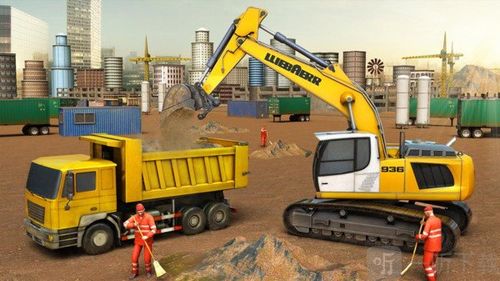The construction industry has seen significant advancements in technology over the past century, with the development and evolution of construction machines playing a pivotal role in shaping the modern world. From the earliest days of manual labor to the present era of sophisticated, high-tech equipment, construction machines have revolutionized the way we build and maintain infrastructure. This article explores the evolution of construction machines, their impact on the construction industry, and the future trends that will continue to shape the sector.

Evolution of Construction Machines
The first significant leap in construction machinery came with the invention of the steam engine in the late 18th century, which led to the development of the steam shovel in the 1830s. This groundbreaking machine, powered by steam, was used to excavate large amounts of earth and played a crucial role in the construction of railways and canals during the Industrial Revolution.
In the 20th century, internal combustion engines replaced steam power, leading to the creation of more versatile and efficient construction machines. Excavators, bulldozers, and cranes became more compact, powerful, and maneuverable, enabling faster and more precise work on construction sites. The introduction of hydraulic systems in the 1950s further enhanced the capabilities of construction machines, allowing for smoother operation and greater control.
Impact on the Construction Industry
The advent of construction machines has had a profound impact on the construction industry. By automating labor-intensive tasks, these machines have significantly increased productivity, reduced labor costs, and improved safety on construction sites. The use of construction machines has also enabled the construction of larger, more complex projects that would have been impossible with manual labor alone.
Construction machines have also played a crucial role in urban development and infrastructure expansion. The ability to quickly and efficiently move earth and construct roads, bridges, and buildings has facilitated the growth of cities and the expansion of transportation networks. In addition, construction machines have been instrumental in disaster relief efforts, such as clearing debris and rebuilding infrastructure in the aftermath of natural disasters.
Future Trends in Construction Machines
The future of construction machines is likely to be shaped by ongoing advancements in technology, particularly in the areas of automation, artificial intelligence, and robotics. Autonomous construction machines, which can operate without human intervention, are already being developed and tested. These machines have the potential to further increase productivity and reduce labor costs, as well as improve safety by minimizing the need for human operators in hazardous environments.
Another trend is the integration of artificial intelligence (AI) and machine learning algorithms into construction machines. AI can optimize the operation of construction machines, improving efficiency and reducing fuel consumption. Machine learning algorithms can also be used to predict maintenance needs, reducing downtime and maintenance costs.
The evolution of construction machines has had a significant impact on the construction industry, enabling faster, more efficient, and safer construction projects. As technology continues to advance, we can expect further innovations in construction machines that will continue to shape the industry and contribute to the growth and development of our built environment.




